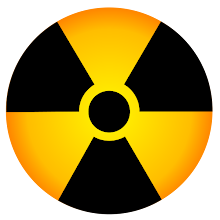
Just in case anyone out there is convinced that building nuclear reactors at the coast isn't folly then maybe you should take a longer term view and get a handle on the historical flooding of the Severn Estuary.
Traditionally the Estuary is prone to flooding, particularly if plate tectonic activity happens to coincide with an exceptionally high Spring tide as was the case with the great flood of 1607, (which incidentally is now thought to have been a Tsunami by contemporary experts in the field). Statistics suggest that they strike on average once a century. in terms of the expansion of the nuclear complex at Hinkley point, that means that we're likely to have been hit by 1.5-2 Tsunami's before a Hinkley C has even reached the end of its (un)useful lifetime.
So with global warming and the slow but steady incremental increase in sea -level, as well as occasional events such as earthquakes, The prospects of water being prevented from ingressing into nuclear sites looks increasingly unlikely, we have good engineering sometimes but not miracle workers. Indeed if such miracles of flood prevention were possible then surely we would have been able to prevent the worst of the floods that have characterised the last few years in mainland Britain?
In fact, when you sit and think about the lifetime of a nuclear reactor (in terms of shielding radioactivity from the rest of the biosphere then the coast seems about the most absurd place to build one, but of course this very important (long -term) consideration is, as usual, largely dismissed by those with a (short-term) agenda that is served by the building of these monstrosities. Their insatiable thirst, is only easily dealt with during the generating phase by proximity to significant bodies of water that they can use as 'coolant' which can in turn be polluted legally with their discharges.
You couldn't make this stuff up could you seriously? A classic case of truth being stranger than fiction!

No comments:
Post a Comment